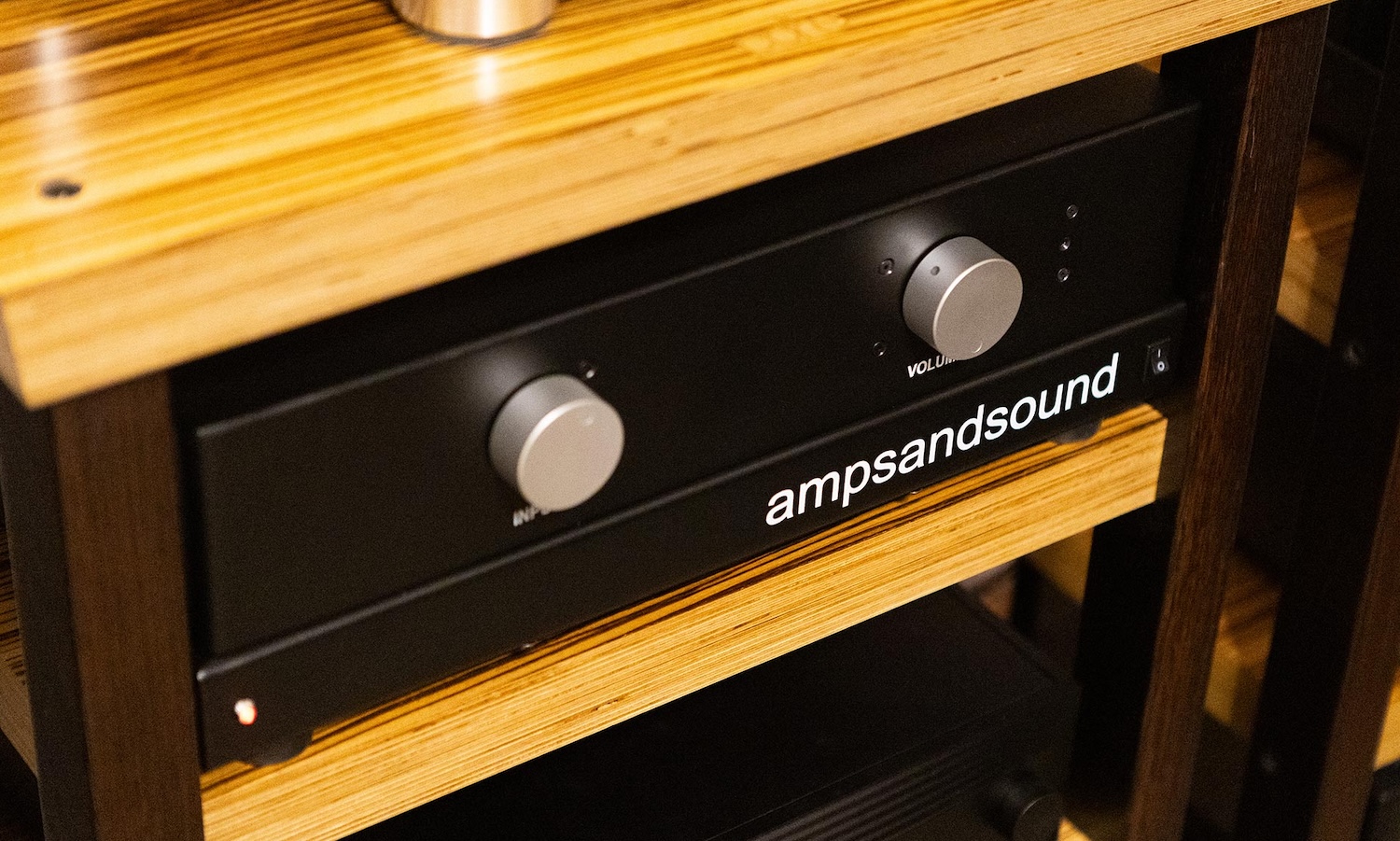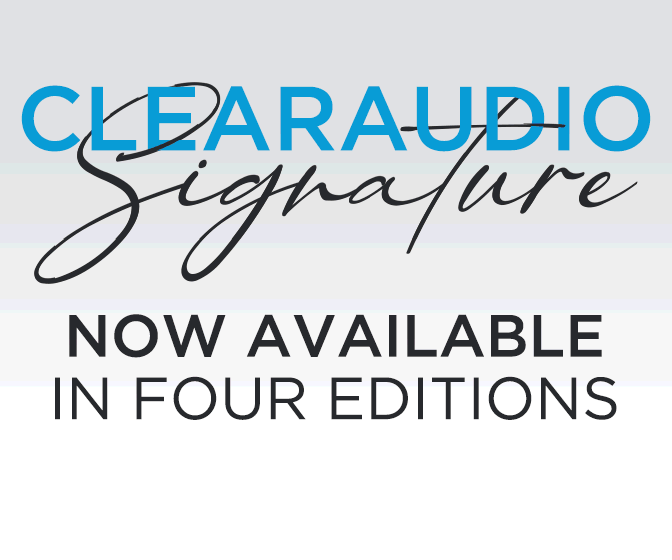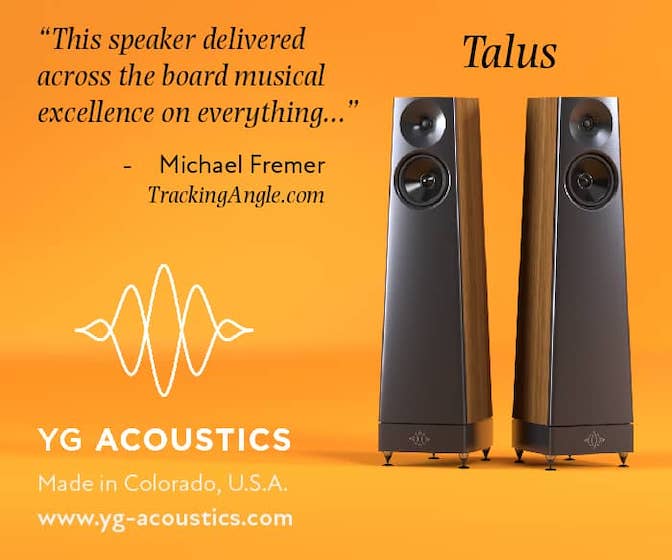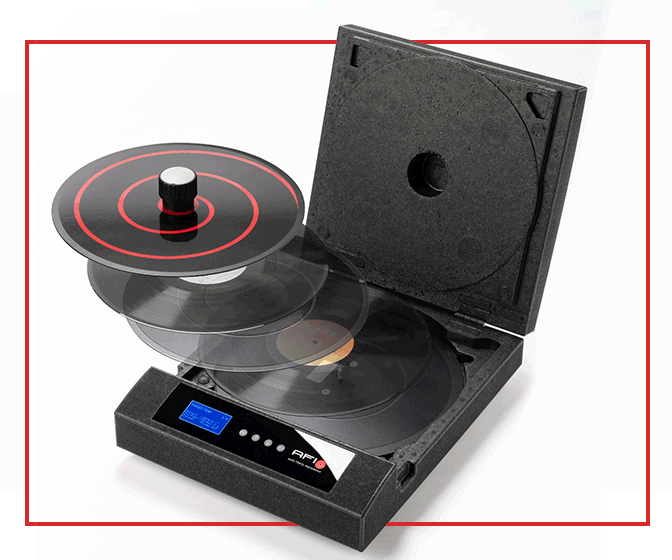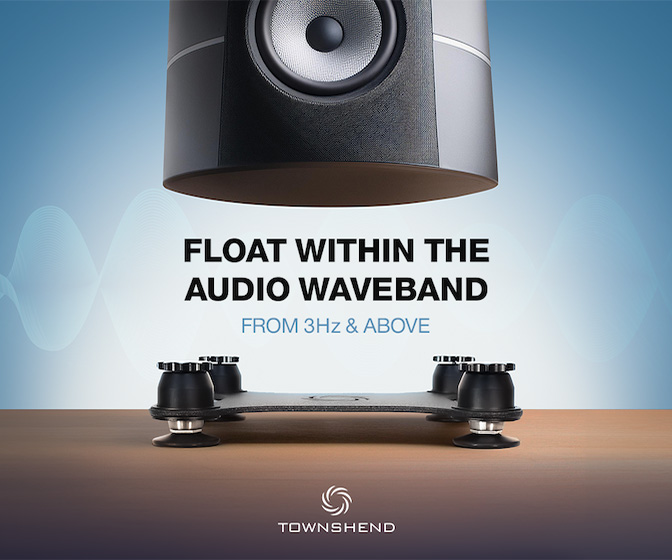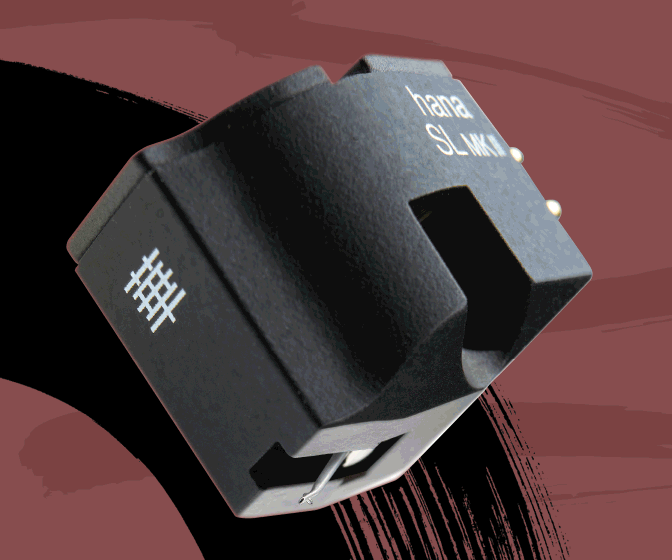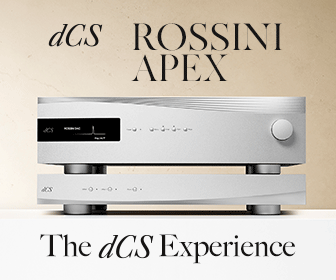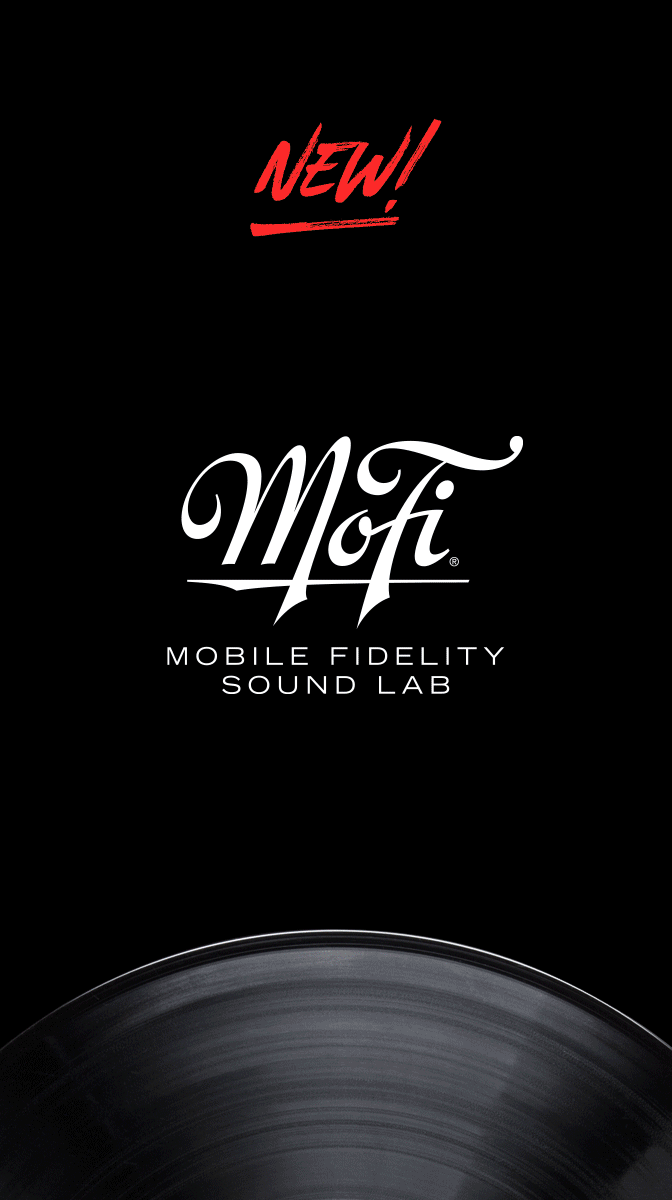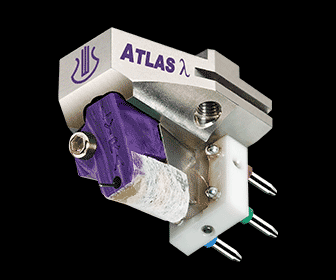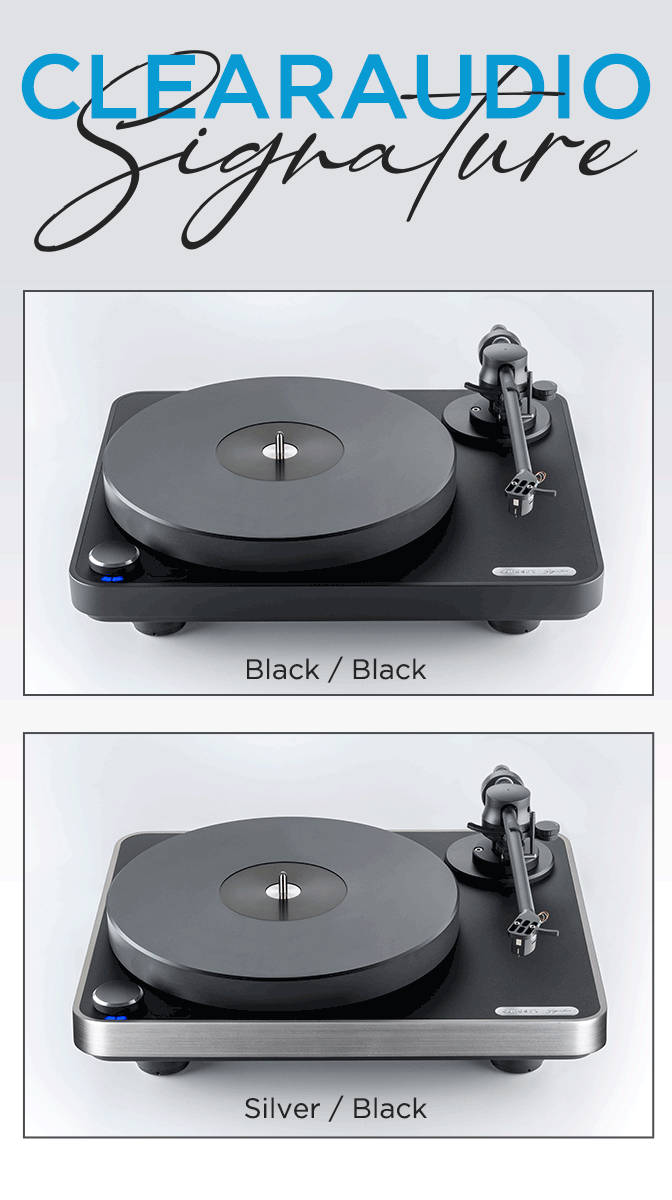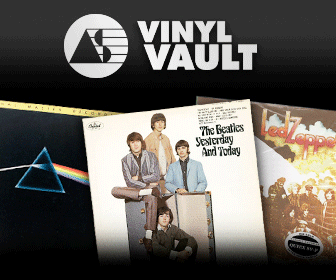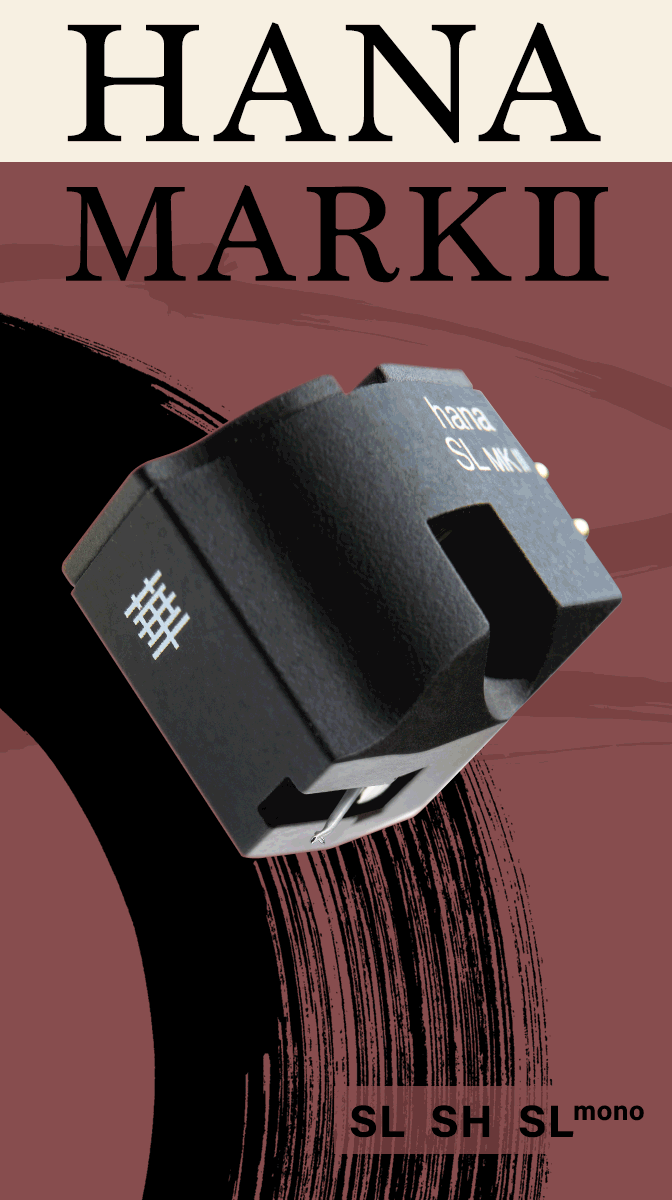The ampsandsound Yellowstone Vacuum Tube Preamplifier—A Geyser Spew of Musical Greatness
includes MM/MC input and remote control volume/mute
Reviewing, or judging the sound of audio gear at hi-fi shows is a fool's errand. I've written that before and I'll never stop writing it as long as some reviewers insist upon doing so in lousy sounding hotel rooms, I don't care the size. Sometimes good sound does happen and of course it should be pointed out and lauded and there are some exhibitors who know how to work around bad acoustics and bad electricity to achieve acceptable sound (High Water Sound's Jeff Catalano is a good example), but bad sound at a show in one of these rooms usually means nothing and when reviewers sit there and point out that "the lower-mids were a bit whatever...' it means I'll just keep on with this kind of tirade. Of course if the manufacturer lauds the crappy sound in his or her room, well then that's an opening worth entering in print.
At Capital Audio Fest 2023 the sound in the ampsandsound room so impressed me I told designer/owner operator Justin Weber that I'd like to review at some point the Yellowstone all vacuum tube preamplifier used in the system that also included a pair of Arches mono blocks driving Acora QRC-1 loudspeakers. I'd heard those speakers in other rooms with other gear and they consistently sounded very good, but not this good. VPI's Avenger turntable spun the records. Weber names many of his products after National Parks, but Ken Burns has yet to film an ampandsound documentary.
A few months ago a $25,000 Yellowstone arrived in a gigunda flight case along with several choices of N.O.S. tubes for rectification as well as driver and gain functions for the MM phono and line stages. Before setting it up I decided to open the bottom cover to see how the circuit board or boards look from underneath (there are separate modules for the input and switching facilities not pictured). All of those diodes near the bottom of the photo are in addition to the tube rectification.
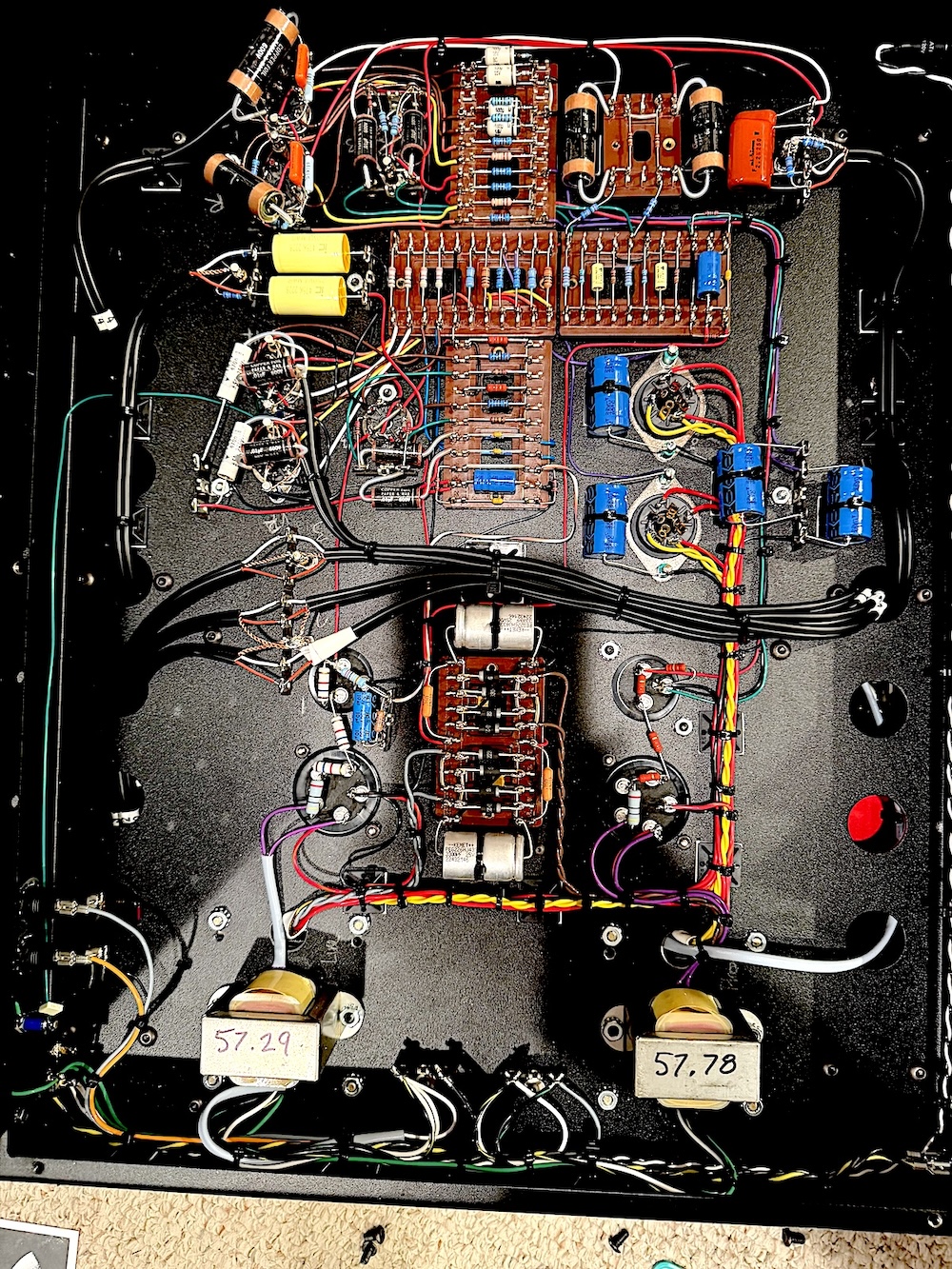 Superb quality point-to-point wiring workmanship
Superb quality point-to-point wiring workmanship
Marantz Model 7 Inspired
Mr. Weber told me the Yellowstone's design was "inspired by" (but is not a copy of) the legendary Marantz Model 7 preamplifier, first introduced by Saul Marantz in 1958, which still has a loyal following (and many detractors as well, who complain about various "old school" parts and circuit concepts). A clean one goes for around $6000—far more than when new even taking into account inflation.
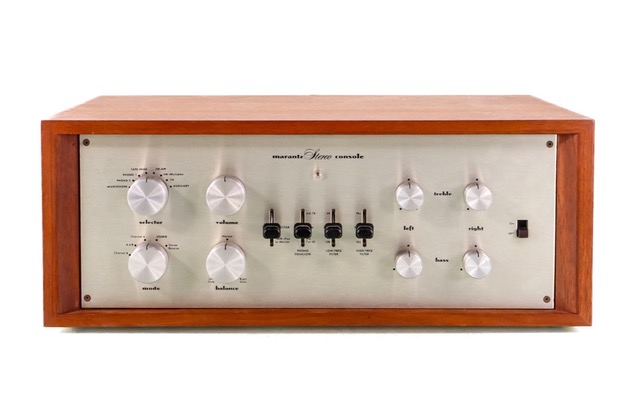
Weber made clear his intention was to not design a preamplifier that stuffed the guts into a difficult to service small chassis and of course the Yellowstone does not feature potential signal diminishing tone controls and other features that were once considered essential. All was obvious when I removed the Yellowstone from the flight case. It's a heavy piece, and relatively large. Its front panel has but two knobs and an on/off switch.
I didn't weigh it (but with flight case the total weight is 103 pounds so I figure alone it must weigh around 80 pounds), but I did measure the dimensions: 20"x16"x7" (WxDxH). Speaking of measurements, Tracking Angle doesn't do electrical measurements, but since I was pairing it with amplifiers I made sure that both the solid state darTZeel NHB-468 mono blocks and hybrid Music Reference RM200MkII (JFET input, tubed driver/output stages) were reasonably good matches for the ampsandsound's 2Kohm output impedance. Both were. However, I first tried the darTZeel so I'd change out but one component. I'd spent a few month with the amps driving the Wilson WATT/Puppy 50th Anniversary speakers here for review. The speakers are rated at 91dB efficient with a minimum impedance of 2.87. So it seemed like a good match and it turned out to be.
Controls are "Spartan": one knob, with a seriously authoritative feel, selects input, with a circular indent on the knob telling you which you're on, and the other volume— and other than a red "on" jewel, that's it! No reference as to volume setting. Sonic purity not convenience is the point of this product, though having remote featuring volume and mute are welcome convenience features and "oldsters" will remember that having any sort of remote control was once considered "controversial"!
In addition to the phono inputs (one each for MM and MC selectable via a rear panel mounted toggle switch) the chassis rear offers three additional ones: two single-ended RCA and one transformer coupled balanced XLR. The back panel also has a pair of RCA jack single-ended outputs. So there's no "tape out", but you could use the second output for that as long as the level is appropriate and you don't touch it during recording.
Yellowstone consists of three distinct components, each with its own circuitry including bespoke transformers and chokes designed in-house: the first one is an all-tube line stage featuring its own 5V4GA based rectifier plus three dual triode tubes: nominally 12AU7s (as silk screened on the chassis), though I was sent higher gain factor 12AX7s for this purpose as well as a pair of 12BH7s and a pair of 5751s, which have a lower gain factor.
Writing that these transformers are 'designed in-house' is an insufficient description of the "several dozen" the company designs and manufactures for its full range of products. The transformers used here are a step up (no pun intended) from what's used in the less costly but similar Yosemite preamp priced $5000 lower. According to ampsandsound:
New in-house power transformers were designed from the ground up, using Tectronix Analog Oscilloscope transformers as a model. Tectronix Analog Scopes are among the most highly executed pieces of audio equipment ever made, and their transformers contribute in large part to their special characteristics. These transformers are legendary amongst true tube aficionados for several reasons, namely that they function as built-in regulators, removing DC, maintaining very low voltage variability and achieving extremely quiet noise figures. We have additionally made them 400% overspecified for the application and added double internal shielding to them.
Far from satisfied with this change, we also added chokes to both power supplies, more than tripling the weight of the unit, and even further reducing noisefloor. We have also opted to use very expensive Jupiter Condenser copper and beeswax capacitors throughout the entire unit. The results are a vanishingly quiet line and phonostage. Fitting for such changes, every Yellowstone also ships with a selection of premium NOS tubes.
The second circuit is a MM phono preamplifier again with its own power transformer and chokes plus 5V4GA rectifier tube and a trio of tubes for MM gain (one each for L and R channels) and a 12AT7 driver tube—this pretty much S.O.P. in vacuum tube based phono preamps. Gain is 40dB. Also included are convenient plug-in step up transformers (these are made for ampandsound by Cinemag) with gain ratio choices of 1:10 (about 22dB), 1:18 (about 25) and 1:20 (26) for total gain figures of 62, 65 and 66dB.
The third circuit is the remote controlled volume control/mute system:
A remote control was also added for those customers who desire greater convenience, and great pains were taken to select a high quality microprocessor, 64 step relay latch optical encoder of sufficient fidelity and quality to match the Yellowstone. This necessitated the addition of another power supply to the preamp, so the microprocessor runs on its own separate power supply, totally isolated and separate from the audio signal path.
The remote control is nicely machined of aluminum. It offers volume up and down and mute.
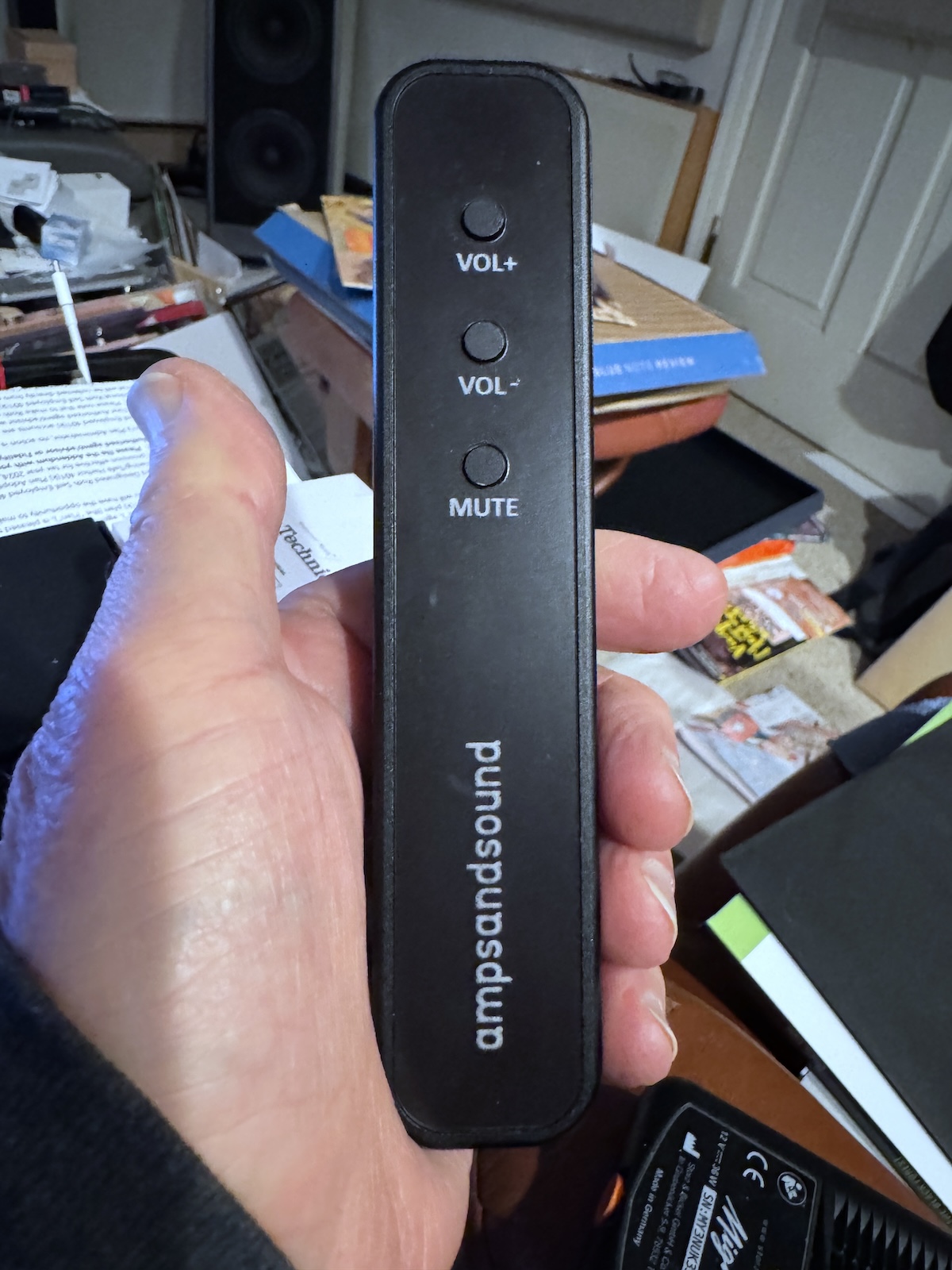 About its design philosophy ampsandsound wants you to know that:
About its design philosophy ampsandsound wants you to know that:
Our transformers are deeply special to us, and represent the core of our philosophy, and the building blocks of our designs. Nearly every part in an ampsandsound amplifier is capable of handling 200% more output than the circuit is designed for. If a circuit puts out 40 watts, we design a core that will handle 80, not because in pursuit of greater power but in a believe that good transformers sound better; and over spec’d transformers distort less.
This same philosophy applies to our parts selection, wiring, 10-gauge steel plate chassis and layouts. In contrast to a silicone chip-based amplifier, in 30 or 50 years an ampsandsound amp will be repairable and continue to play. We design for quality above all else.
The Tube Rolling Conundrum
Given the profound sonic effect swapping tubes can produce, describing how a tube product sounds is a moving target. Aside from the various supplied tubes I have a large assortment of vintage gold pin Amperex "Bugle Boy" and Mullard 12AX7s and even a quartet of N.O.S. Mullard cv4004 12AX7s that go for a few hundred dollars each. I auditioned those in a Zesto phono preamp I own and wow!!!! Now that was transformative but i resisted the temptation to try them here because what was I reviewing? Tubes? Or a tube based preamp with supplied tubes? Right?
Of course I did roll the supplied tubes starting with two pairs of 5VGAs: one set RCA and the other G.E. I started listening with the RCA 5V4GAs and got the "tubey" sound I was expecting from the Yellowstone: pleasing but not how I like to listen—and this was through the solid state darTZeel amps. I figured adding more tubes to the equation would not work at all for me.
Then I switched out the RCA rectifier tubes for the G.E.s and to quote my old and dearly missed pal Art Dudley, "Holy Crap!". It was a different preamplifier! Super "fast", tightly sprung, fully extended on top with crystalline-clear high frequencies. A guitar playing friend confirmed to me that comparison when those brands are used in his amp.
Now cymbals sizzled as "live", with stick on cymbal hits mesmerizing and addictive. Strats rang true and backgrounds were as black and noise-free as ampandsound claimed on its website they'd be. Yet instrumental harmonics were richly drawn in fully saturated colors, and dramatically fleshed out. Bass was deep, taut and nimble and transparency was "see easily to the back of the stage" on well-recorded classical and live albums, I could name a half dozen but won't here because.....
Add the Music Reference RM-200 MkII
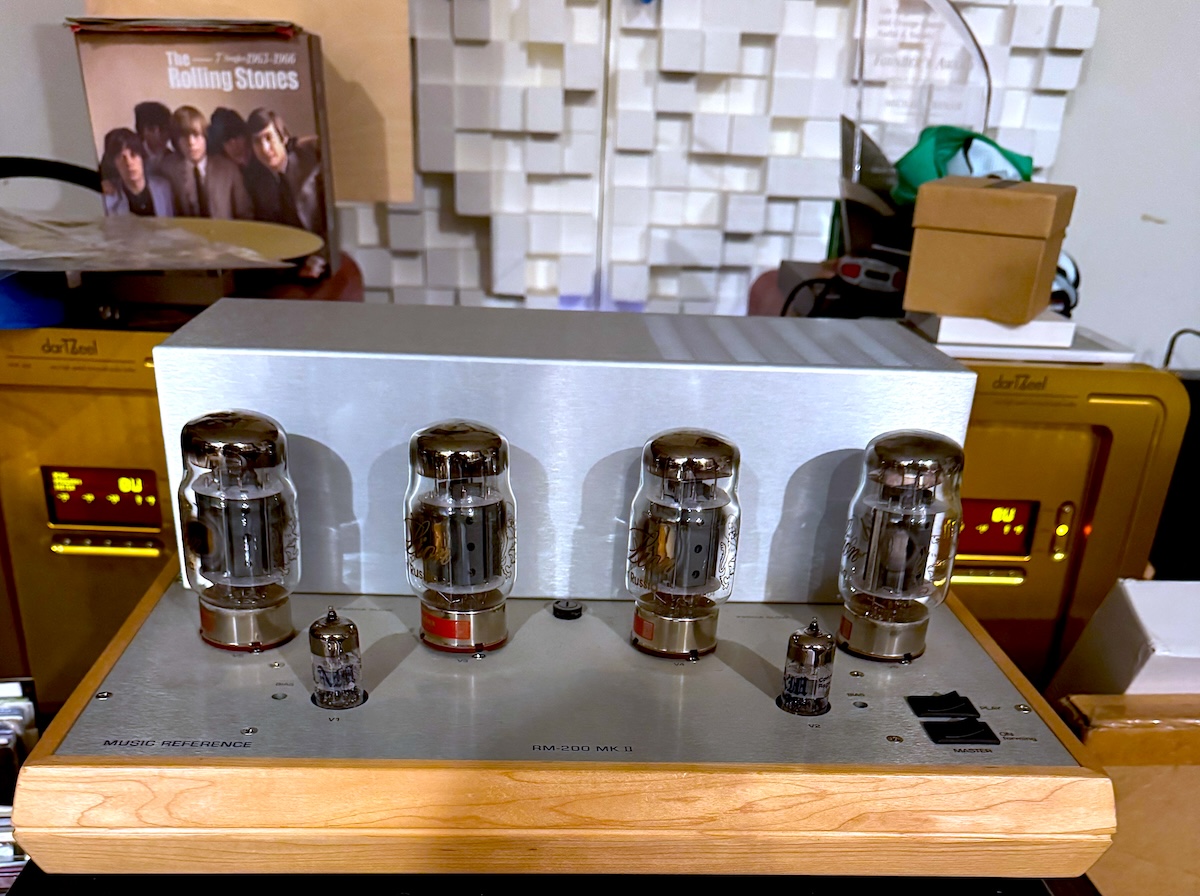
The rectifier tube change was so dramatic—and in the direction of the fast, linear, "snappy" and extended sound I prefer, it encouraged me to try the RM-200 MkII, which has a similar sonic personality. Glad I did! I stayed with the all-tube system for the rest of the review period. Why? Because this combo conjured up the sound I experienced at AXPONA 2023 and it had me telling myself "I could sell much of my "big" system and be perfectly happy with this combination. It's what I was thinking when I packed up the Yellowstone to return it to ampsandsound. This also brought to mind one of the biggest problems facing high performance audio purchasers: how do you hear the combination you want to hear before buying something? it's almost impossible. At shows or in showrooms the combinations you encounter are chosen by others and often by "electronic politics". Have you ever tried to bring your amps into a store to hear it drive speakers you are considering? So, here I stumbled upon absolute magic and until I had to return the Yellowstone I wasn't changing anything.
Line Section
The Yellowstone didn't lose a step passing the CH Precision P10 phono preamplifier's signal. It delivered all of the P10's transparency, dynamic abilities and its high frequency transient clarity. Nothing "soft or tubey" about the sound. If seeing and hearing deep into the back of the soundstage is a tube-based "additive coloration", I'll take it! One of my secret (well not so now) album addictions is Donovan in Concert (EPIC BN26386) recorded at the Anaheim Convention Center. There are no recording credits for what is as much a well-recorded jazz as it is a folk record. The guy doesn't get his due! Nor does drummer Tony Carr (who also plays on Donovan's "Sunshine Superman" with pre Led Zeppelin Jimmy Page), nor does the flautist Harold McNair. Once you get past the corny intro about Donovan's magic rain-stopping abilities this is a lovely record, sometimes a bit precious but mostly not and surprisingly intimate for a stadium show. Ends with a great version of "Mellow Yellow", though "I'm just mad about fourteen year old girls" probably wouldn't work today!
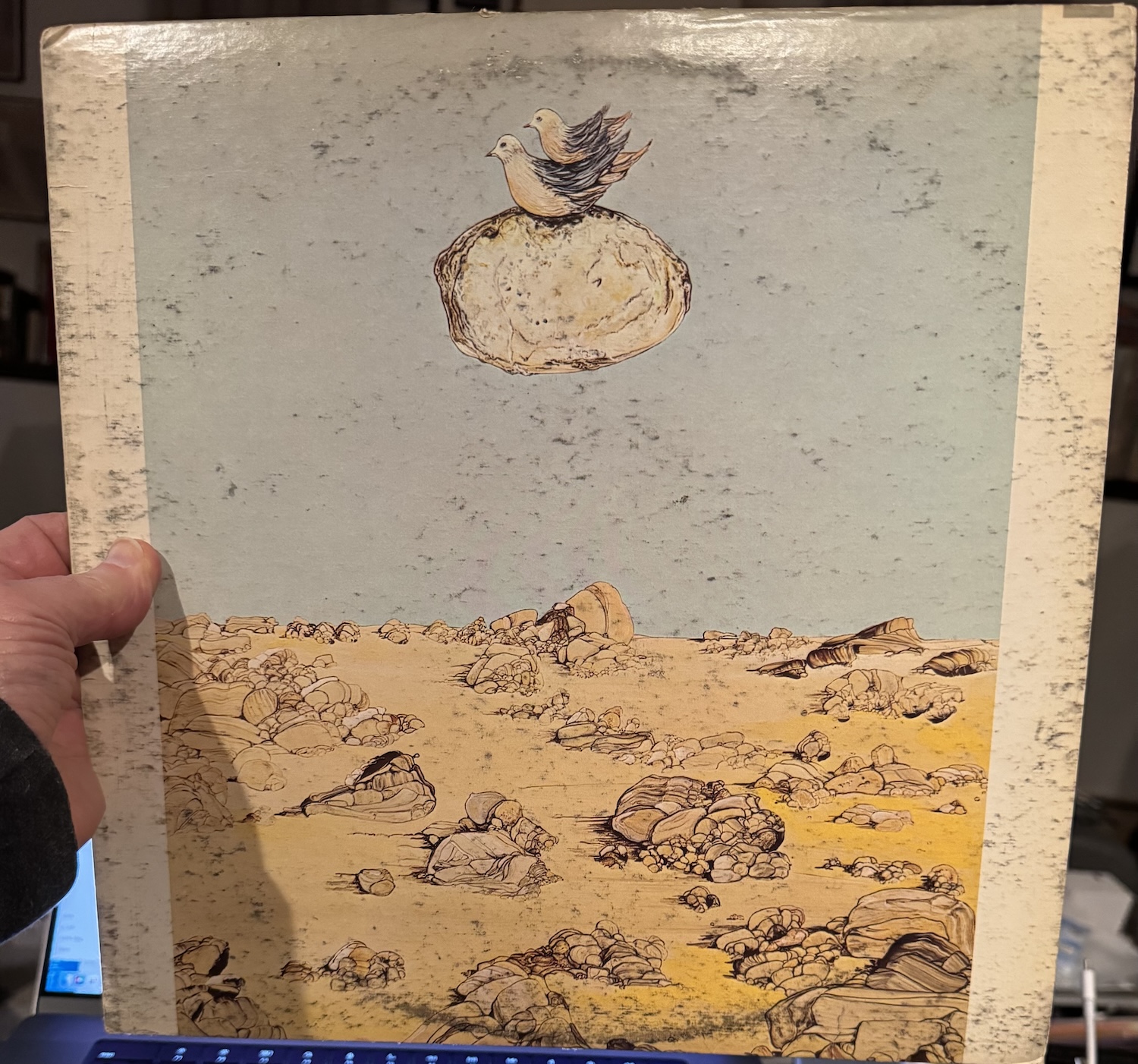
Through the Yellowstone McNair's flute displays more air and pleasing high frequency extension than I'm used to, plus spatially it's drawn as finely as I've heard it. Stage depth is deeply expressed and the whole "live on a big stage in a big open venue" shines through as clearly as I've ever heard it—and no doubt these speakers, can't produce the vast space the big XVX's manage but it's big enough!
Just before completing the listening for this review I played The Steve Miller Band's sophomore album Sailor (Capitol ST 2984) co-produced by Glyn Johns (with Miller) and engineered by Johns. A stunning record featuring Boz Scaggs. The first foghorn blast though low in level was "you are there" present, though well in the distance, and all that followed was as finely drawn and clarified as I've ever heard it. Rather than the expected "added tube coloration" the overall sensation was of "grunge and grit subtracted" and "transparency and presence increased".
As i got further into listening i felt I was repeating, to some degree, Dave McNair's experience reviewing the Audio Note M3 phono preamp. The listenability factor (whatever causes that) ruled the experience, with "harmonic completeness" and other audio review buzz-phrases taking a back seat. The Yosemite's line stage didn't seem to add anything nor did it seem to subtract, not even on the bottom octaves. Rather it seemed to open a vast picture window and let in all the light. Whatever it did made me want to keep spinning those records.
At the recent L.A. & Orange County GALA where I roasted Dan D'Agostino, Paul Seydor gifted me a copy of Ali Akbar Khan's Morning and Evening Ragas (Connoisseur Society CS 1766) recorded by David B. Jones who also recorded the Bill Evans Village Vanguard recordings that became Sunday.... and Waltz For Debby (our Joe Washek wrote a wonderful piece about Jones for Analog Planet when I was running it, that was used with permission and it said so in the review when I published it. When I left, he asked that his pieces be taken down but his requests were denied so I can't publish them here but you can read it there).
Here's a roast prop I used (lol):

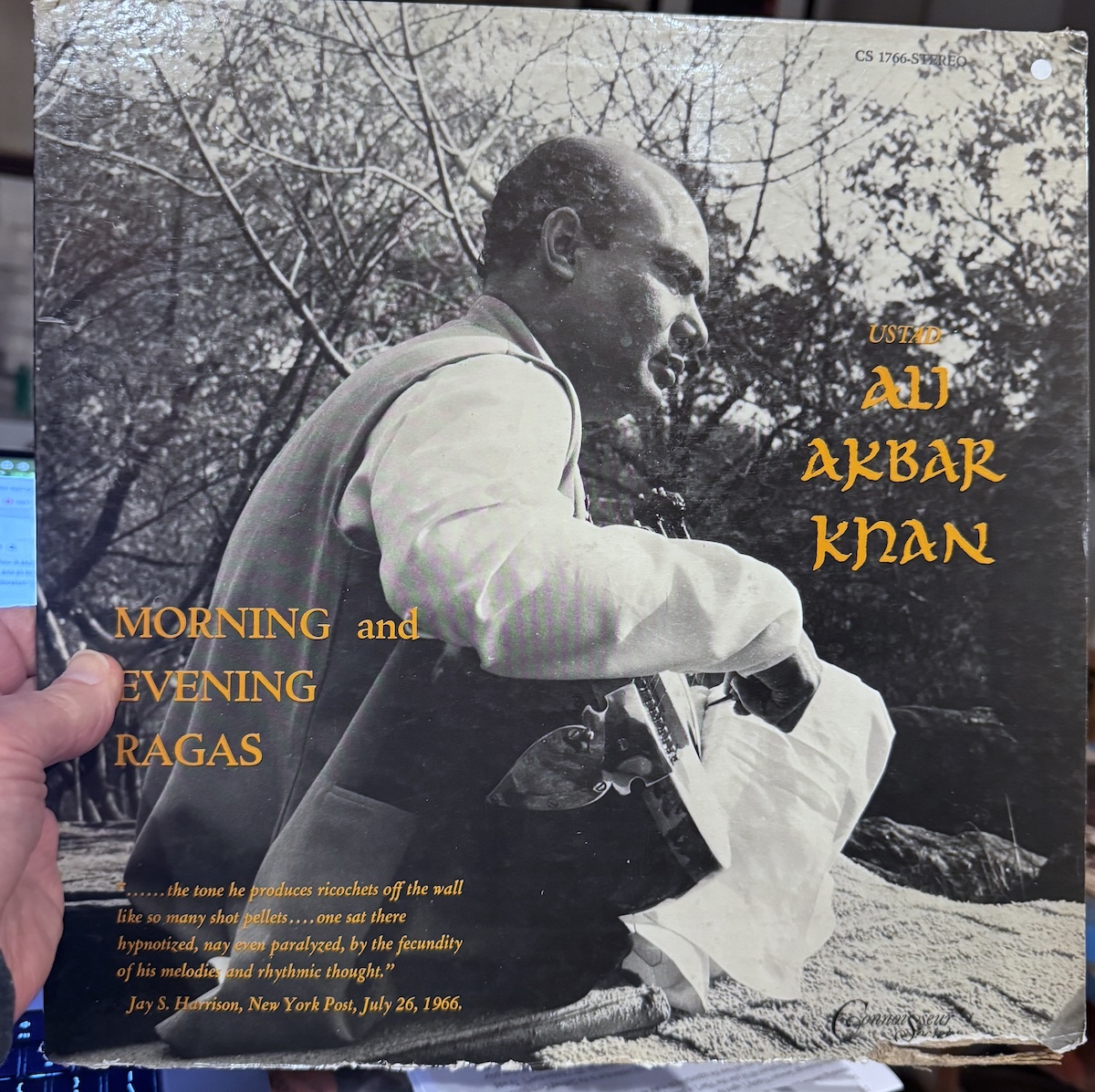
This is a spectacularly natural recording that I've not played through my solid state system yet but I will. I can't imagine it sounding better. Different, for sure. As good? Possibly? But the space in which this 1966 release was recorded using four Sony C37A microphones into custom low noise mixers and then into Ampex 350 recorders fitted with 1/2" tape heads and running at 30 IPS, is so eerily reproduced through this preamp, I can't imagine it could sound more convincing. The lacquer was cut from the tape with no EQ or compression or artificial reverb added. A thrilling performance with vital flowing energy communicated through the Yellowstone. The preamp delivers with visceral excitement Mahapurush Misra's Tabla strikes and communicates the way the notes flash and bend under his fingers.
How would "Cruel to Be Kind" sound from Nick Lowe's Labor of Love (UK RADAR21). It's an excruciatingly bright sounding mix and the Yellowstone delivered all of the top end excruciating but it expertly separated it out so that what's clear is that only the tambourine zills are producing the brightness. The other mix elements sound better tonally balanced. I've never heard that before quite that way, but then I haven't played this record in a really long time. The second track, "Cracking Up" is a warm mix with thick Lowe bass— a totally different presentation the Yellowstone delivered with full textural thickness and warmth, but not overdone.
I played yet another excellent Analogue Productions Pablo reissue: Take Love Easy (APJ-159) a Joe Pass and Ella Fitzgerald duet session. Again, finely drawn guitar and voice images centered and possibly a mono mix but good front to back imaging with Ella upfront and Joe behind. Anyone who thinks Ella is more about technique and less bout emotional content should listen to this one that demands and gets deal quiet QRP surfaces. The duo sound alive in the room. When I returned to my solid state system it sounded different but equally fine, with perhaps slightly better string articulation but Ella had definitely left the room and was back on the microphone.
Finally, before packing up the Yellowstone I played The DGG "Original Sound Series" reissue of Tchaikovsky's Symphony Number 4 with Claudio Abbado conduction the Vienna Philharmonic (DGG 486 4514) that Mark Ward awarded a 10 for music and a 10 for sound adding "This sounds terrific". And it certainly did through the Yellowstone/Music Reference combo. Ward describes it as "... clear, detailed, forthright, with the orchestra placed within a natural-sounding acoustic". Through the tube system that's what it was. Through my reference solid state system the "forthright" brass got a bit steely and I had to lower the volume a bit to get the correct timbral perspective that the tube system held steady at whatever SPLs I chose. Hmmmm.
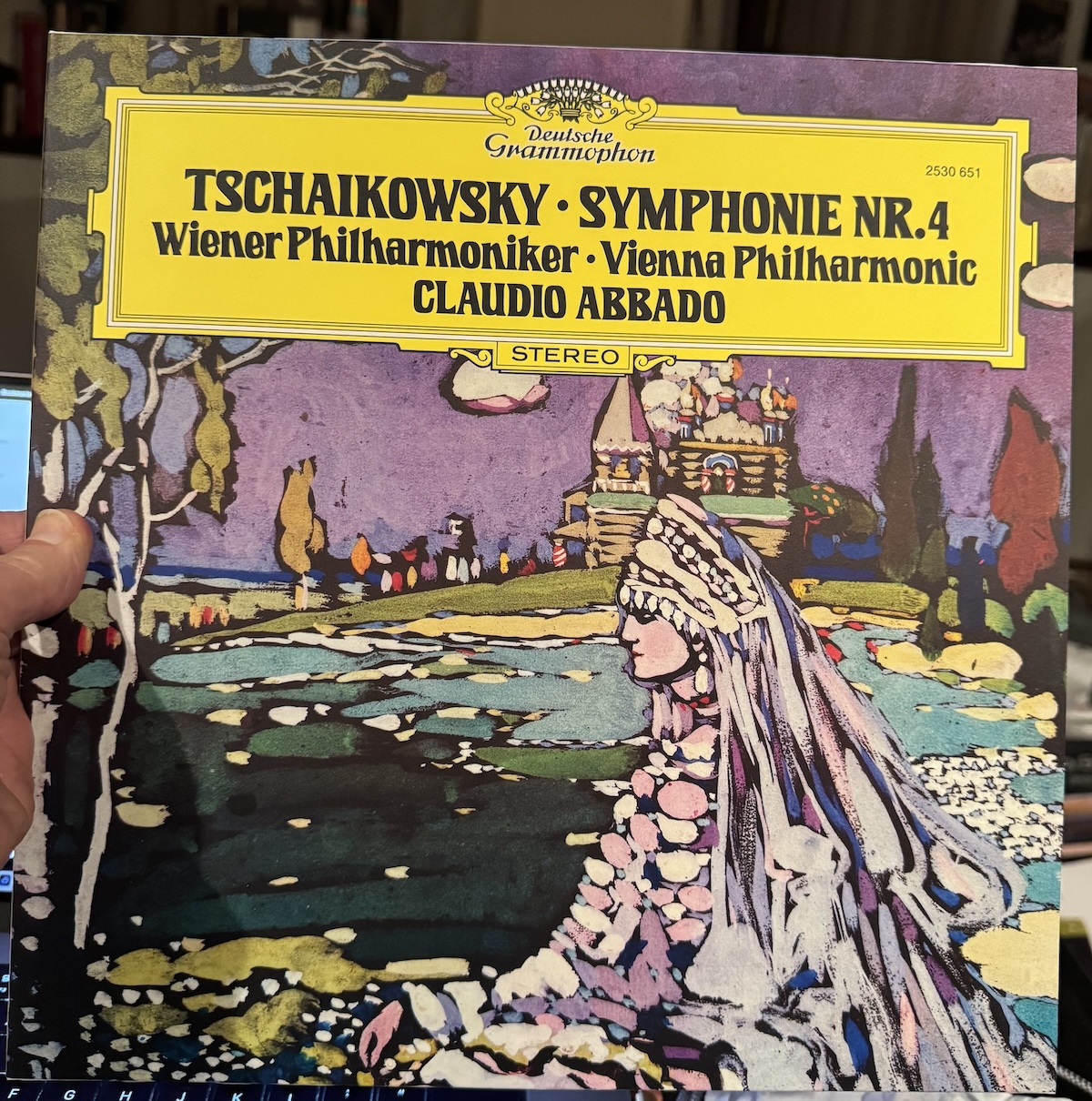
The Phono Section
I'm spoiled by the $70,000 CH P10. Switching to the Yellowstone's phono input using a variety of cartridges, produced a bit more overall warmth than I like and the macrodynamics were somewhat diminished in scale but the end results depended upon the paired cartridge. More "clinical" sounding cartridges like the Ortofon MC Diamond thrived through the Yellowstone's phono section, despite losing a bit of scale, but warmer sounding carts, like the under review $20,000 Analog Relax 2000, sounded too rich for me, though gloriously full bodied and not too zoftig through the P10/Yellowstone combo. With the right cartridge and especially if you love the tubular personality the Yellowstone throws in an excellent phono preamp for the price of a fine line stage. I'm thinking a stand-alone line stage might be a good addition to the ampandsound line, but that's none of my business!
The Grand Finale
ampsandsound's Yellowstone is a super-luxurious-sounding, expertly voiced and considered vacuum tube based preamplifier that I'm 100% certain tube aficionados will love if they haven't yet heard it, but furthermore I'm sure tube skeptic solid state advocates would easily fall for the sound, with no caveats or reservations whatsoever—including the preamp's handling of bottom octaves. Bass was deep, tight and tuneful—no excuses needed. Backgrounds were remarkably quiet, imaging solid and well-defined. Transparency, particularly at the rear of the generously presented soundstage, was remarkable and memorable and you can be sure, at least I can be sure, the Yellowstone is fully capable of presenting all musical genre's will full sonic glory. My hotel fandom has moved into my listening room.
The only downside here depends upon your input and feature needs. The sonic purity comes at the cost of but three line inputs, one of which is transformer coupled balanced, and no tape "out". Also consider there's nothing to tell you at what level you are at, which always had me somewhat nervous and turning down the unmarked volume lest I blow up a tweeter or worse, though over time I got more accustomed to the low information OS since the superb sound more than compensated. I suppose tube lovers reading this are saying "I told you so," or "what took you so long?" or whatever. I owned a few tube pieces of the years, which is why I had the tubes to roll, but i don't recall any of them offering the sonic excellence offered by ampandsound's Yellowstone. And yes as a few visitors remarks, THE AMPSANDSOUND logo is a bit big and the overall presentation is kind of "lab grade", but most of those visitors quickly shut up when confronted by the sound.
Speaking of shutting up. I am too, other than to say having the ampsandsound Yellowstone in my system was among the more memorable experiences in my decades of reviewing audio gear.
Specifications
Specs:
120V or 230v configurable.
2 Single Ended (RCA) line level inputs
1 XLR Balanced line level input
Input impedance of Single Ended inputs is 50K
Input impedance of XLR input is 600ohms
MM input impedance is 47Kohms
MC input impedance is 50ohm
Output impedance is 2Kohm
Line level gain is 10 - 12AU7s for gain and driver
Phone section gain (all tube) before MC SUTS is 40 - 12AX7s for gain and 12AU7 driver
Included SUTS are 1:9, 1:18, 1:36 and 1:24 special for SPUs.
THD+N = 0.0110%
THD =0.0021%
Noise 13.04uVrms
Tube compliment for Phono:
12AX7 left and 12AX7 right are used for gain.
The centered 12AT7 is the Driver
Tube compliment for Line:
12AU7 left and 12AU7 right are used for gain.
The centered 12AU7 is the Driver


